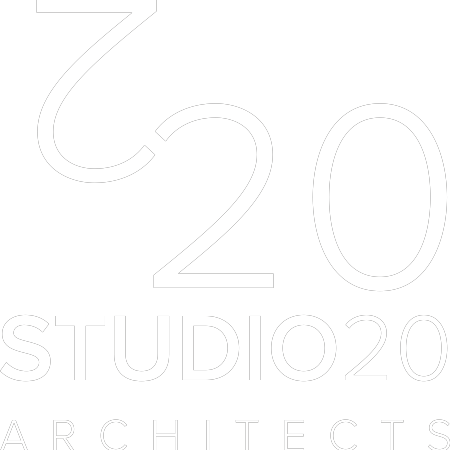Transformative Trends: Exploring the Dynamics of Change of Use in Islington Finsbury
Islington Finsbury, a vibrant and dynamic neighborhood nestled in the heart of London, is undergoing a fascinating transformation. The buzz around the area is not just about the traditional charm of its cobblestone streets and historic architecture but also about the evolving landscape of change of use. In recent years, this district has witnessed a noteworthy shift as various properties and spaces undergo transformations, reshaping the very fabric of the community.
Change of use refers to the process of altering the purpose for which a building or land is used. In the context of Islington Finsbury, this transformational phenomenon is not just about converting old warehouses into modern loft apartments or repurposing historic buildings into trendy cafes. It goes beyond the physical changes, delving into the intricate interplay of cultural, economic, and social factors that contribute to the evolution of this neighborhood.
To comprehend the present, one must delve into the past. Islington Finsbury boasts a rich history, with traces of its industrial past still visible in the architecture of old warehouses and factories. The changing economic landscape led to the decline of traditional industries, leaving behind vacant spaces that became ripe for reinvention. This historical backdrop serves as a foundation for the metamorphosis currently underway.
As artists and creatives seek spaces to breathe life into their visions, Islington Finsbury has become a canvas for a cultural renaissance. Abandoned industrial spaces have given way to art galleries, studios, and performance venues. This infusion of creativity not only revitalizes the physical structures but also injects a new energy into the community, fostering a sense of identity and pride among its residents.
Change of use isn’t just a cultural phenomenon; it’s also an economic catalyst. The conversion of old factories into modern workspaces has attracted businesses, startups, and entrepreneurs. Islington Finsbury is becoming a hub for innovation and creativity, drawing in diverse industries and contributing to economic revitalization. The adaptive reuse of spaces aligns with sustainability goals, promoting a more efficient use of existing resources.
The transformation of Islington Finsbury is more than just bricks and mortar; it’s about people and community dynamics. The shift in land use impacts the daily lives of residents, influencing social interactions and community cohesion. As new businesses emerge and cultural spaces thrive, a sense of community pride and engagement takes root, creating a neighborhood that is not just a place to live but a space that fosters connections and relationships.
While the change of use brings about numerous positive transformations, it also raises important considerations and challenges. Balancing the preservation of the neighborhood’s historical identity with the need for modernization requires careful planning and community involvement. Issues such as affordable housing, gentrification, and the displacement of longstanding businesses are critical factors that demand attention.
Islington Finsbury’s journey through change of use is an ongoing narrative, with each chapter revealing new dimensions of its evolution. As the community navigates the delicate balance between preserving its roots and embracing progress, the future promises a dynamic and harmonious blend of the old and the new. The ongoing dialogue between residents, businesses, and policymakers will play a crucial role in shaping the destiny of this ever-transforming neighborhood.
Islington Finsbury’s change of use is a compelling story of adaptation, innovation, and community resilience. Beyond the physical alterations to its skyline, the neighborhood’s transformation is a testament to the power of collaboration and creativity in shaping the future of urban spaces. As Islington Finsbury continues to redefine itself, it stands as a living example of the intricate dance between history and progress, tradition and innovation, that characterizes the ever-evolving nature of our cities.



Comments are closed